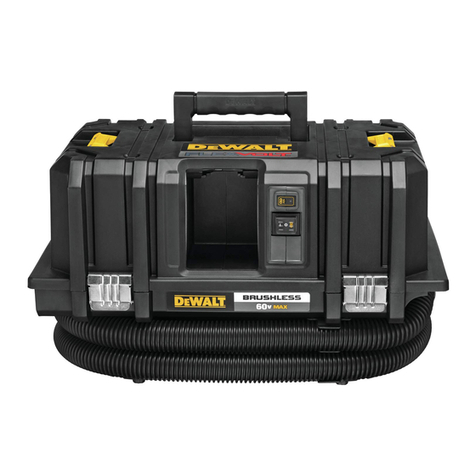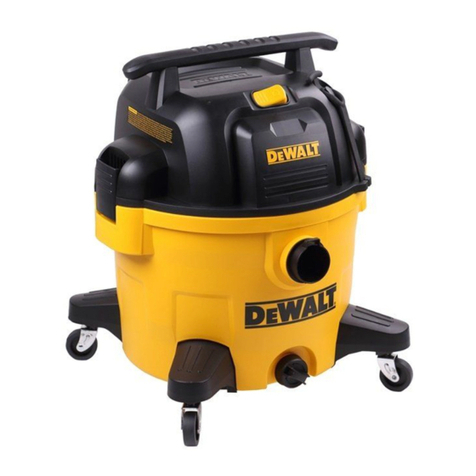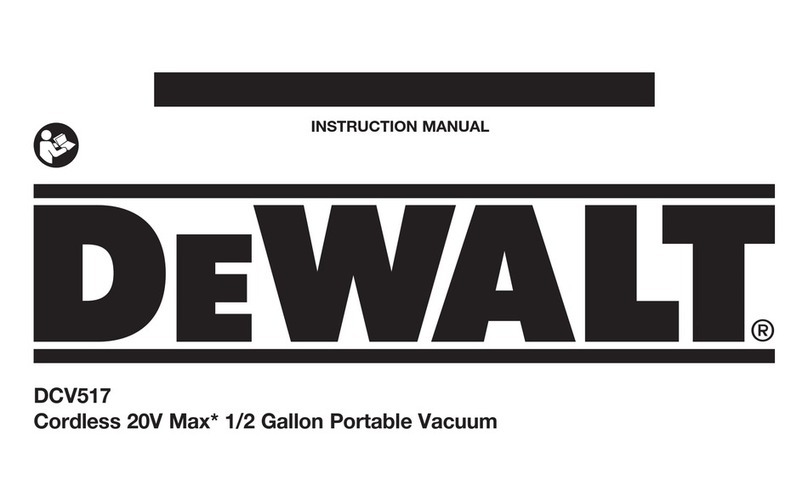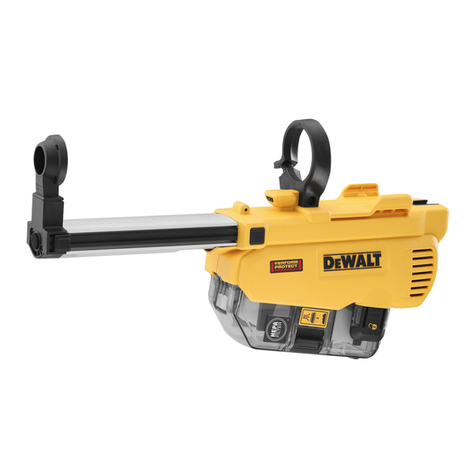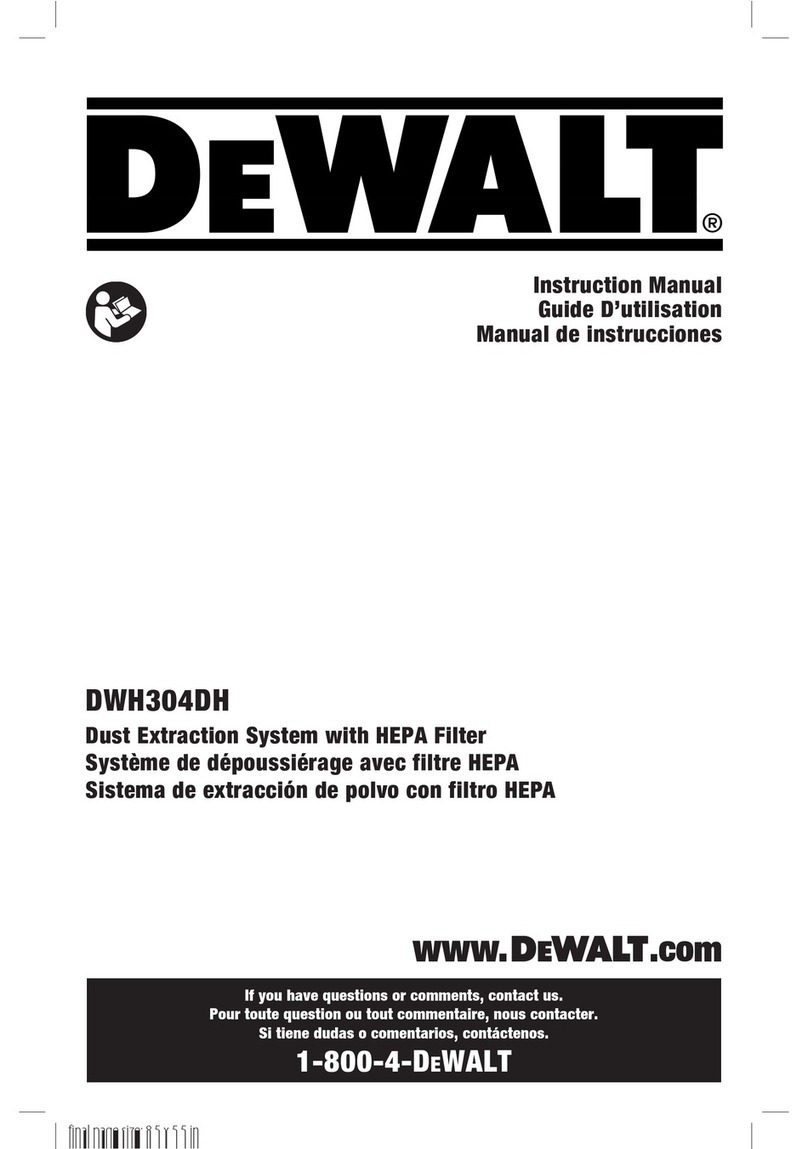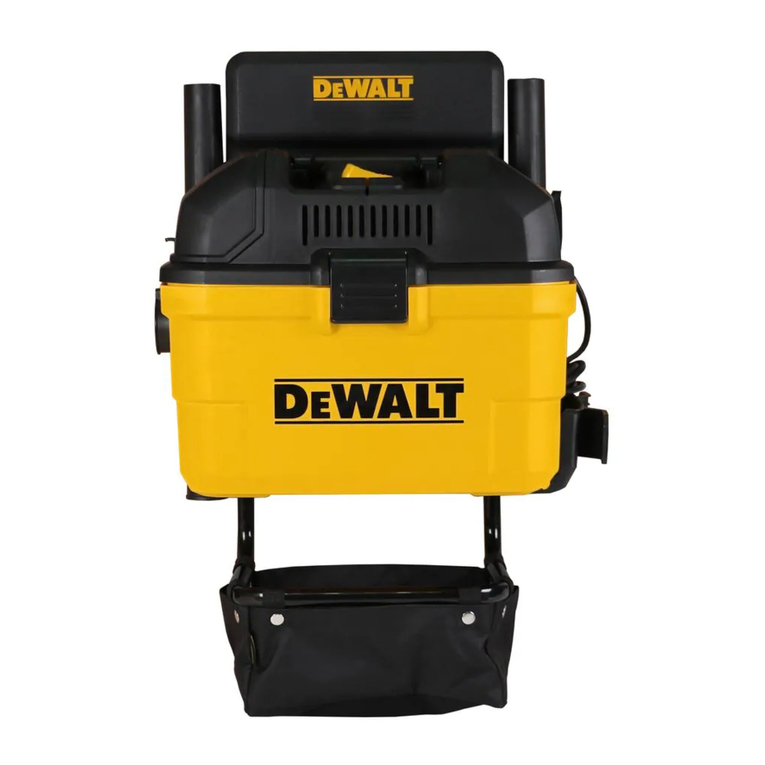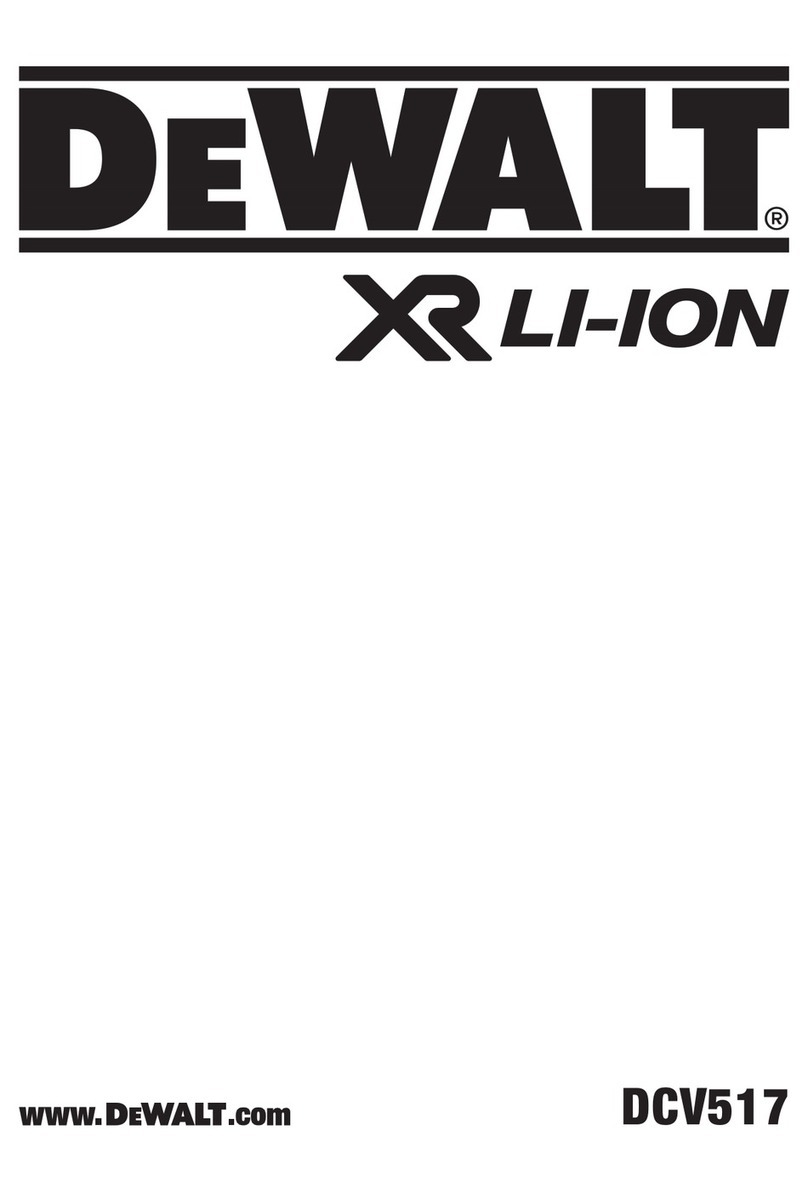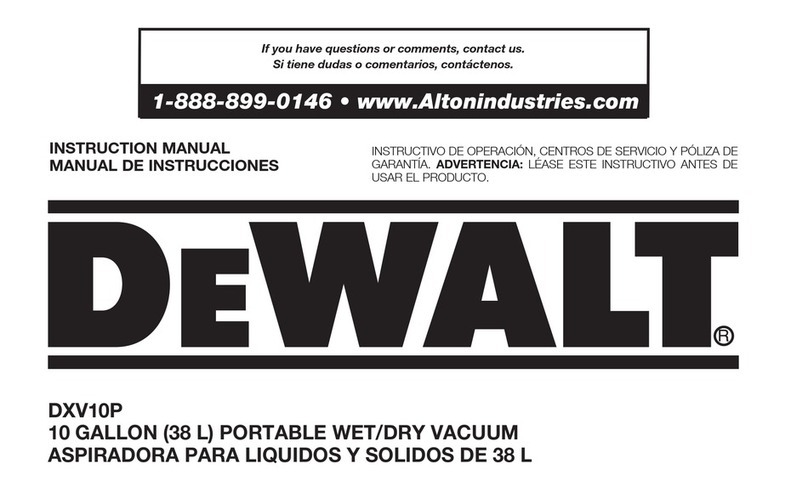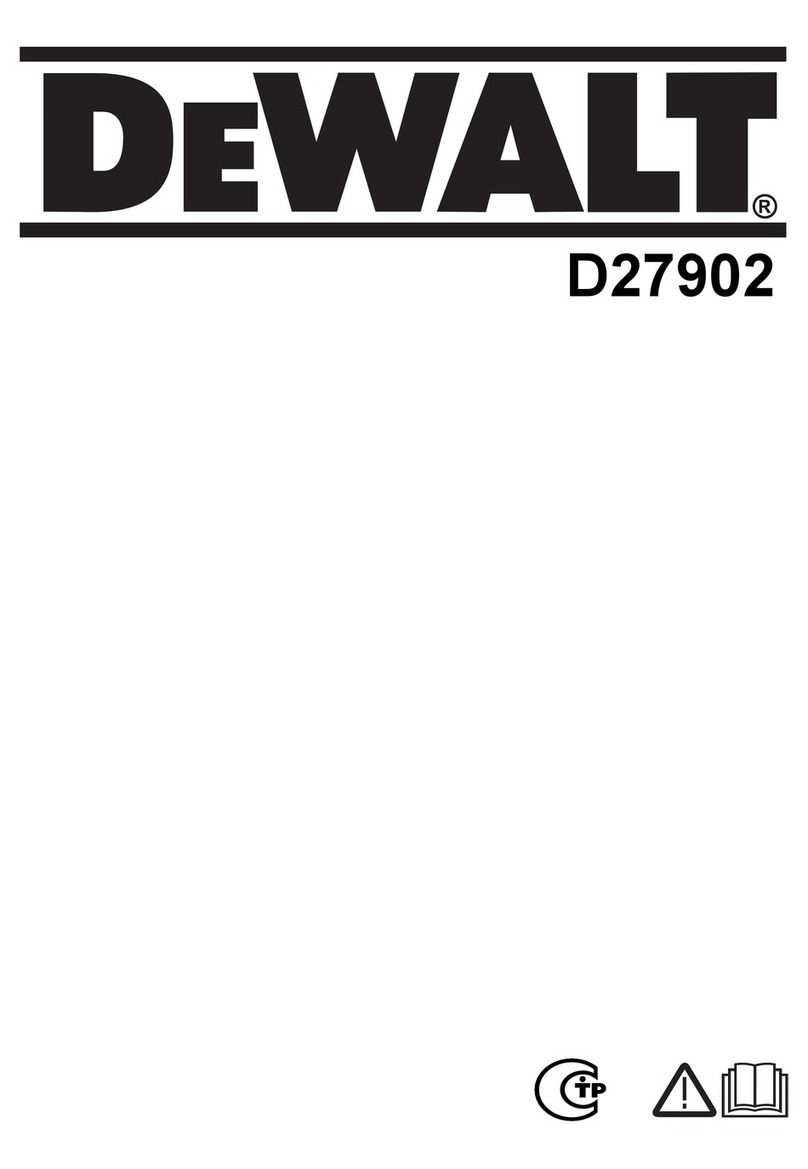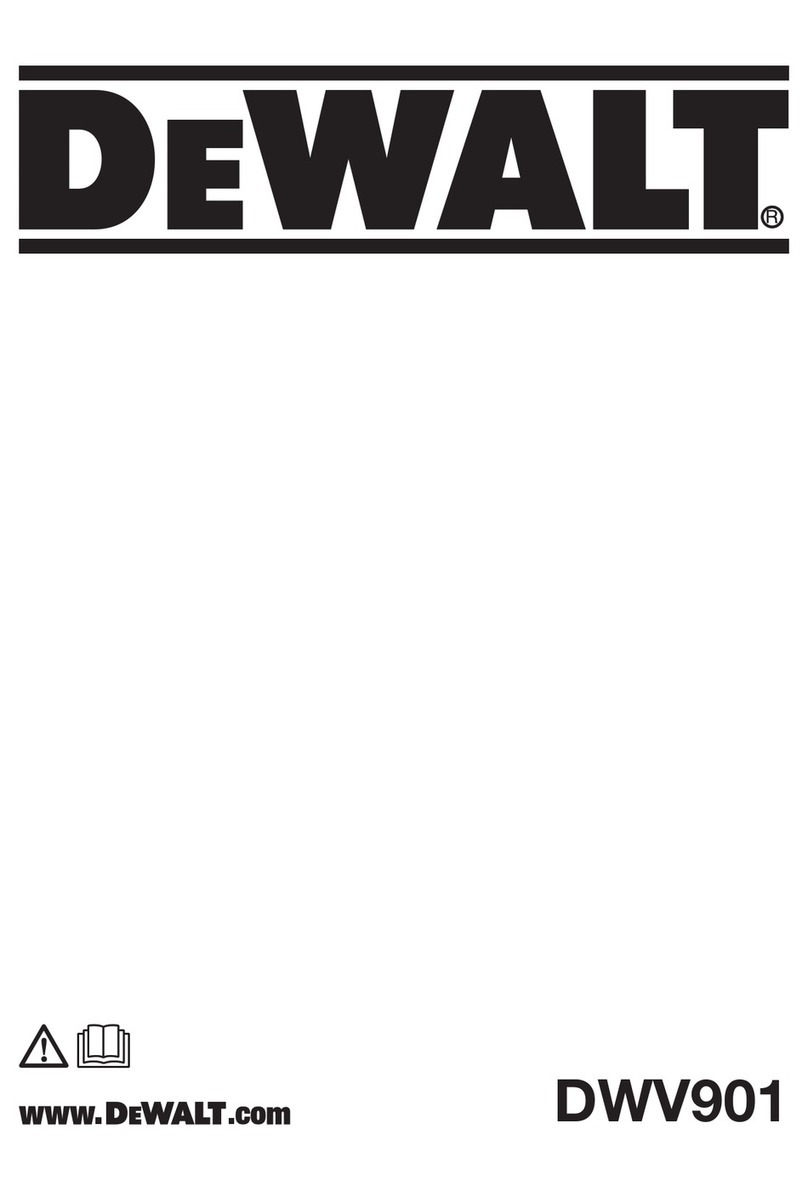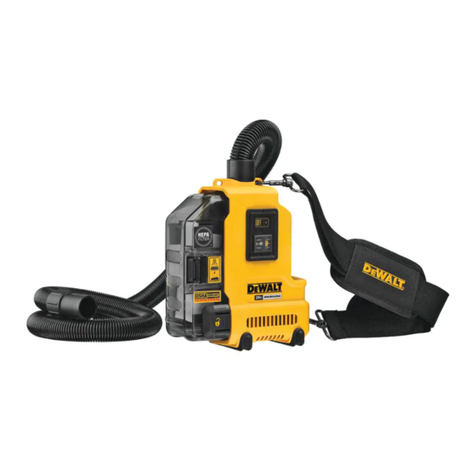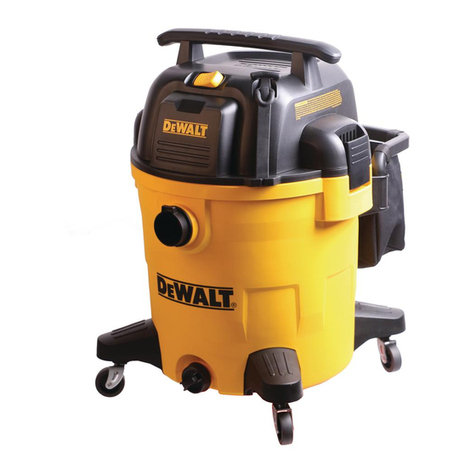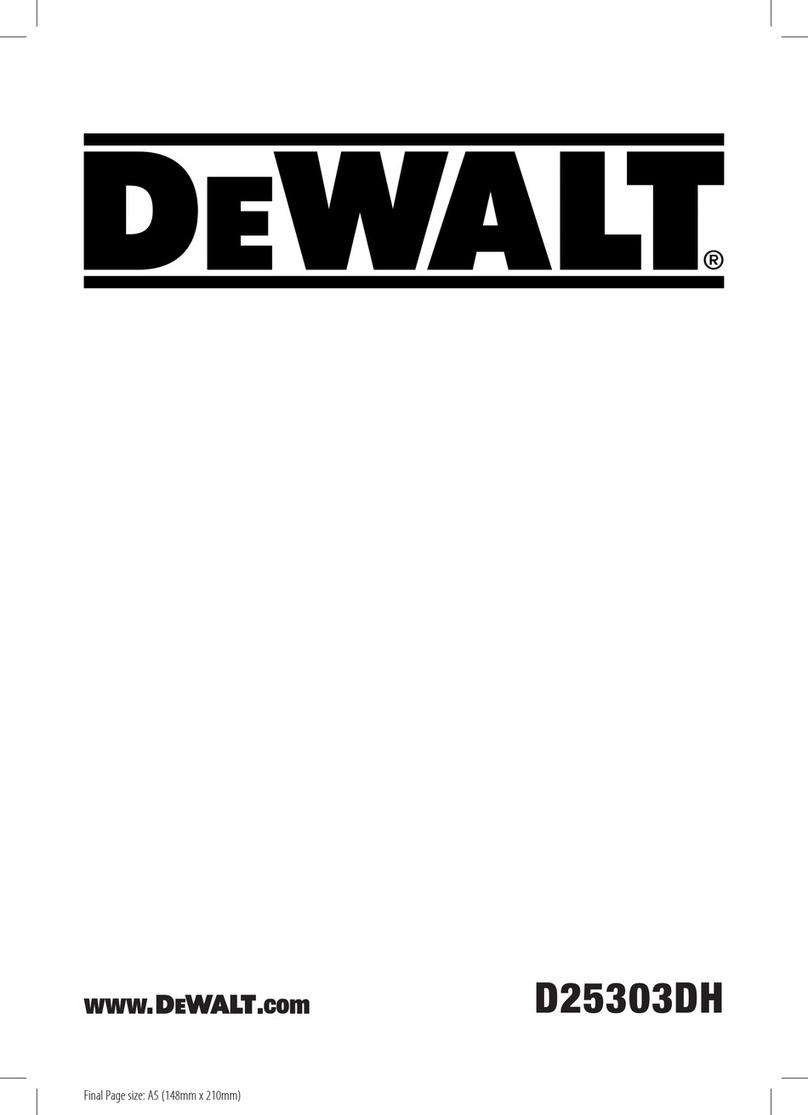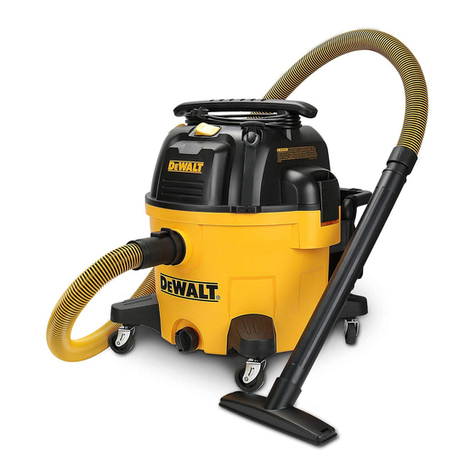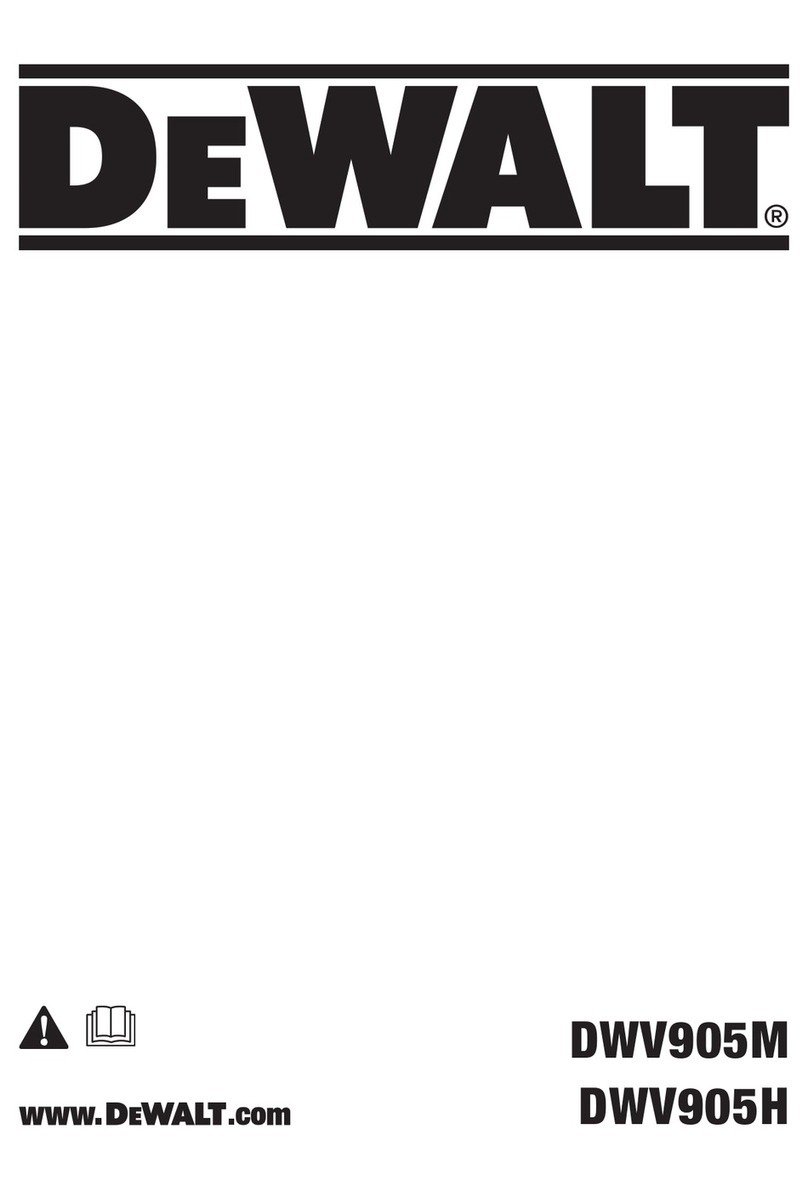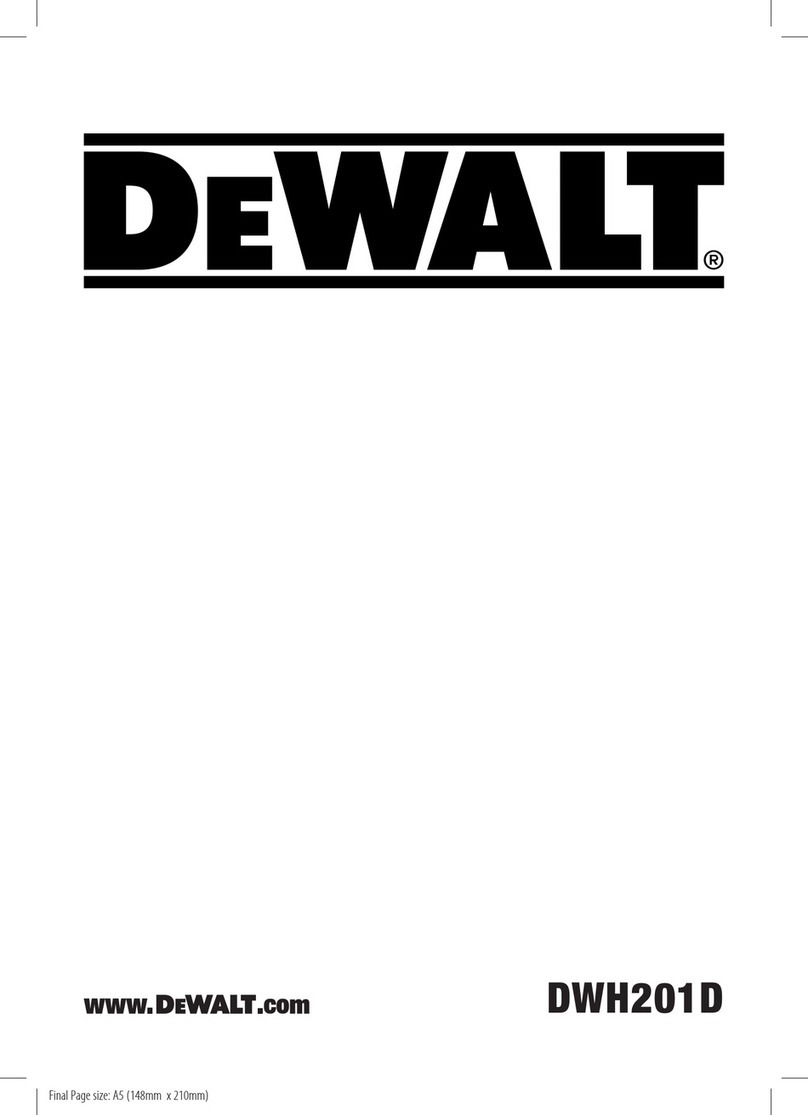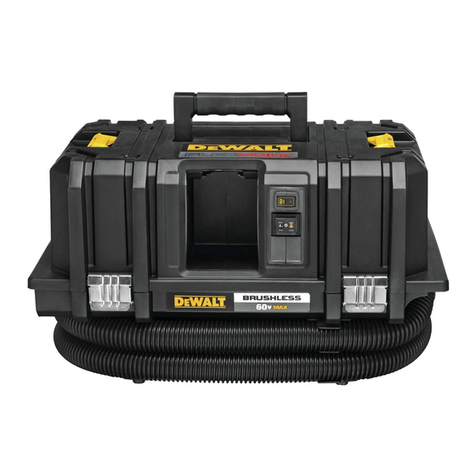
PAGE 2 OF 7 0321 IH-8931
WARNING: To reduce risk of electric shock, do
not expose to rain. Store indoors.
WARNING: When using electric appliances,
always follow basic safety precautions to
reduce the risk of fire, electric shock and
personal injury, including the following:
• Do not leave appliance when it is connected to a
power source. Unplug it from outlet when not in use
and before servicing.
• Do not allow appliance to be used as a toy. Pay
attention when appliance is used by or near
children.
• Use this appliance only as described in these
instructions.
• Do not use appliance with a damaged cord or
plug. If appliance is not working correctly, or if it
has been dropped, damaged, left outdoors or
dropped in water, return it to a service center.
• Do not pull or carry appliance by the cord, use
cord as a handle, close door on cord or pull cord
around sharp edges or corners. Do not run the
appliance over cord. Keep cord away from heated
surfaces.
• Do not unplug appliance by pulling on cord. To
unplug, grasp plug, instead of cord.
• Do not handle plug or appliance with wet hands.
• Do not put any objects into openings of appliance.
Do not use appliance with any opening blocked;
keep free of dust, lint, hair and anything else that
may reduce air flow.
• Keep hair, loose clothing, fingers and all body
parts away from openings and moving parts.
• Turn off all controls before unplugging appliance.
• Use extra care when cleaning on stairs.
• Do not use appliance to pick up flammable or
combustible liquids, such as gasoline, or use in
areas where flammable or combustible liquids are
present.
• Static shocks are possible in dry areas or when
relative humidity of air is low. This is only temporary
and does not affect use of vacuum. To reduce
frequency of static shocks, add moisture to air with
a console, installed humidifier or anti-static hose
(standard on some models).
• To avoid spontaneous combustion, empty canister
after each use.
• Do not pick up anything that is burning or smoking,
such as cigarettes, matches or hot ashes.
• Do not use to vacuum combustible explosive
materials, such as coal, grain or other finely
divided combustible material.
• Do not use to vacuum hazardous, toxic or
carcinogenic materials, such as asbestos or
pesticide.
• Never pick up explosive liquids (e.g. gasoline,
diesel fuel, heating oil, paint thinner, etc.), acids or
solvents.
• Do not use vacuum without filters in place, except
as described under Wet Pick-up on page 5.
• Some wood contains preservatives that can be
toxic. Take extra care to prevent inhalation and
skin contact when working with these materials.
Request and follow any safety information
available from material supplier.
• Do not use vacuum as a step ladder.
• Do not place heavy objects on vacuum.
• If an extension cord is used outdoors, it must be
marked with the suffix W-A or W following the cord
type designation. For example: SJTW-A indicates it
is acceptable for outdoor use.
SAFETY
DEFINITIONS: SAFETY GUIDELINES
Definitions below describe the level of severity for each
signal word.
DANGER: Indicates an imminently hazardous
situation that, if not avoided, will result in death
or serious injury.
WARNING: Indicates a potentially hazardous
situation that, if not avoided, could result in
death or serious injury.
CAUTION: Indicates a potentially hazardous
situation that, if not avoided, may result in
minor or moderate injury.
NOTICE: Indicates a practice not related to
personal injury that, if not avoided, may result
in property damage.

